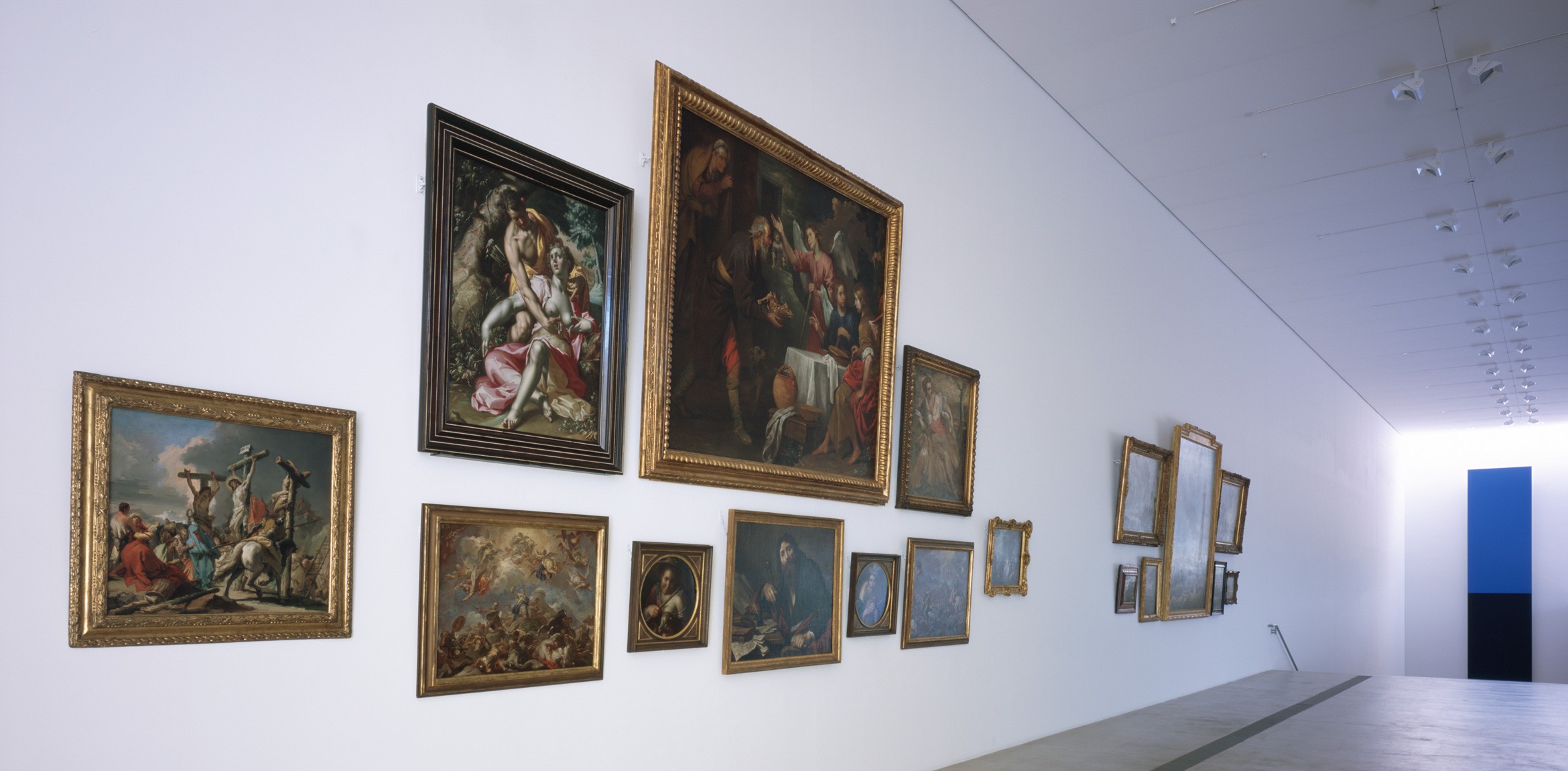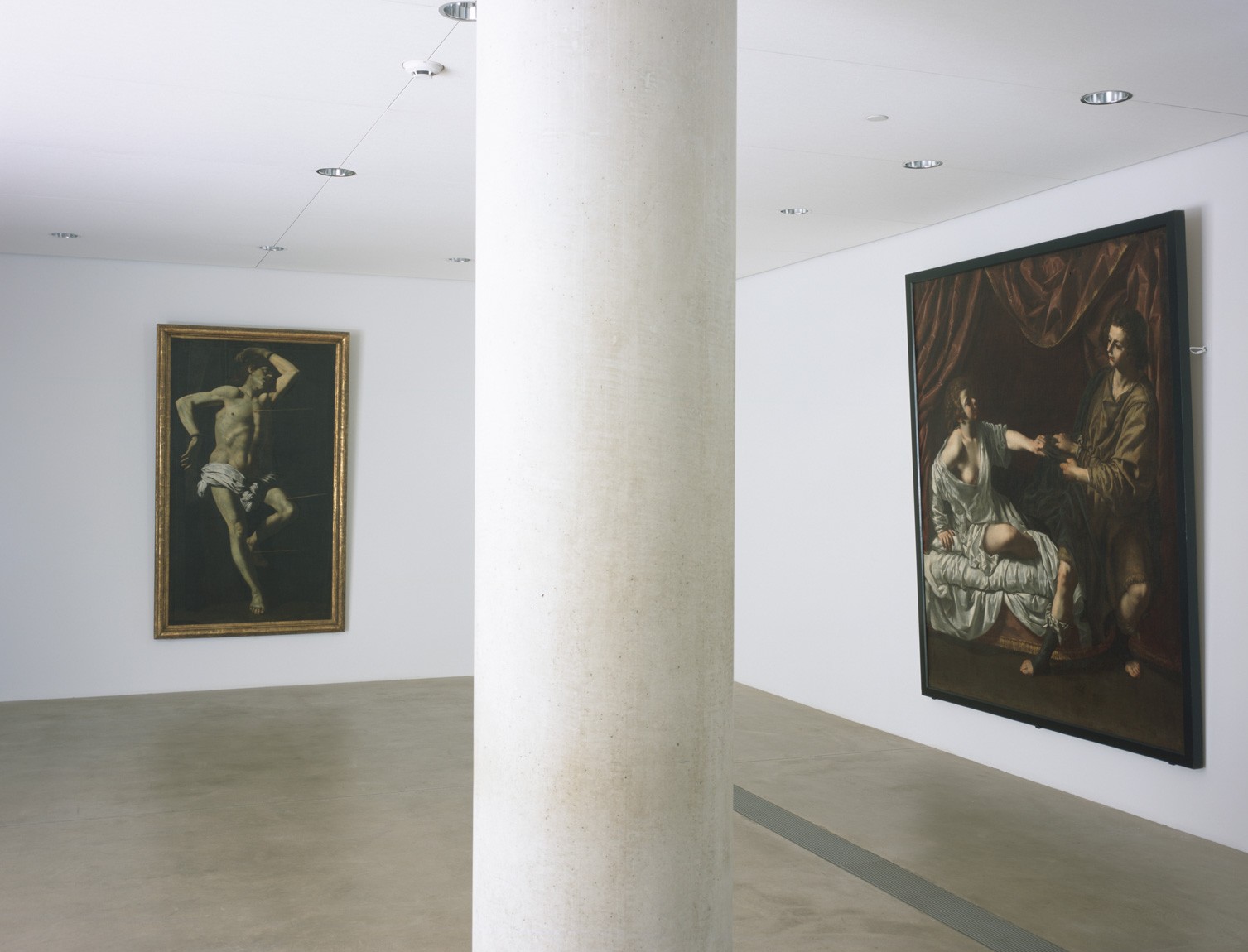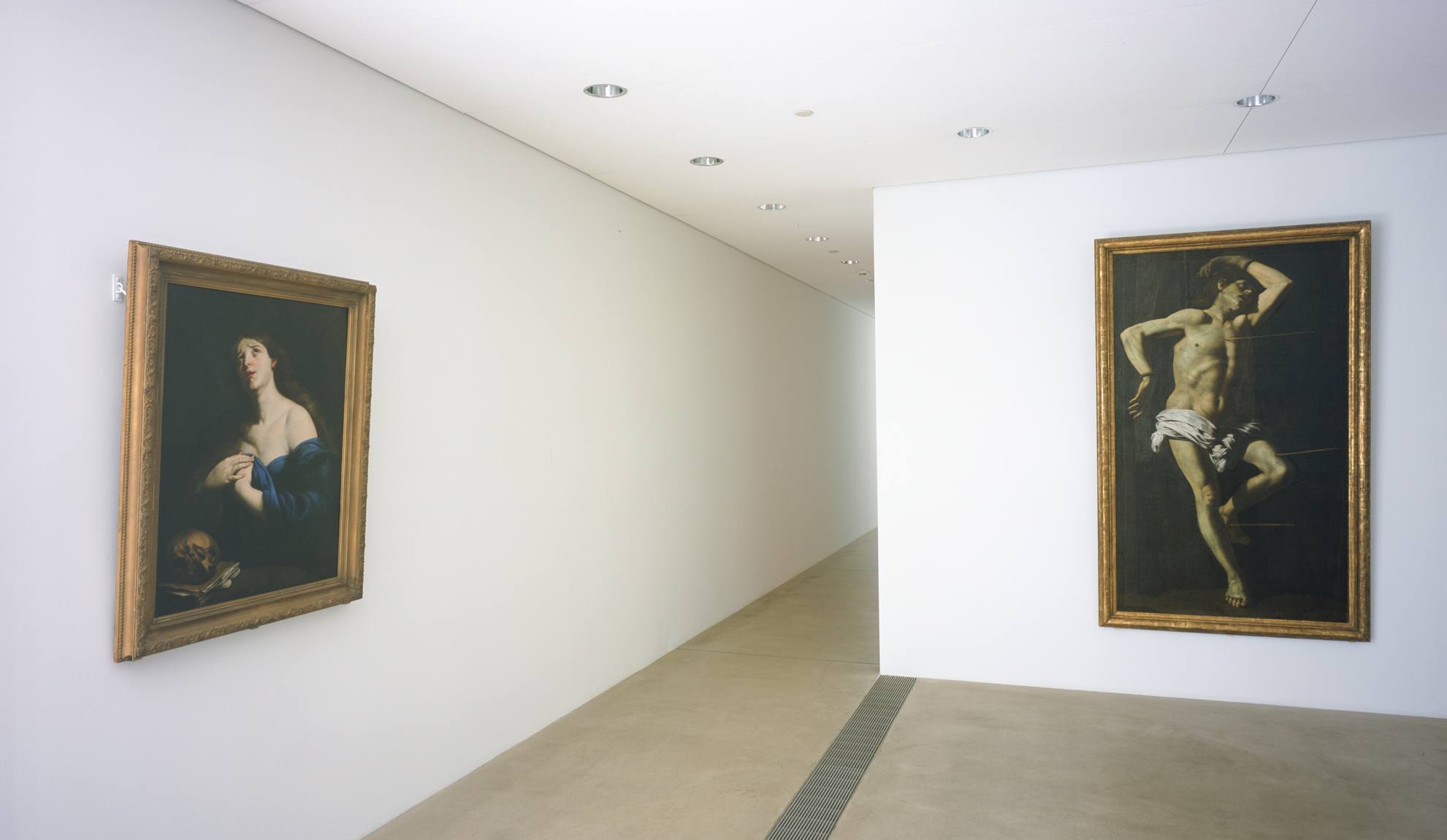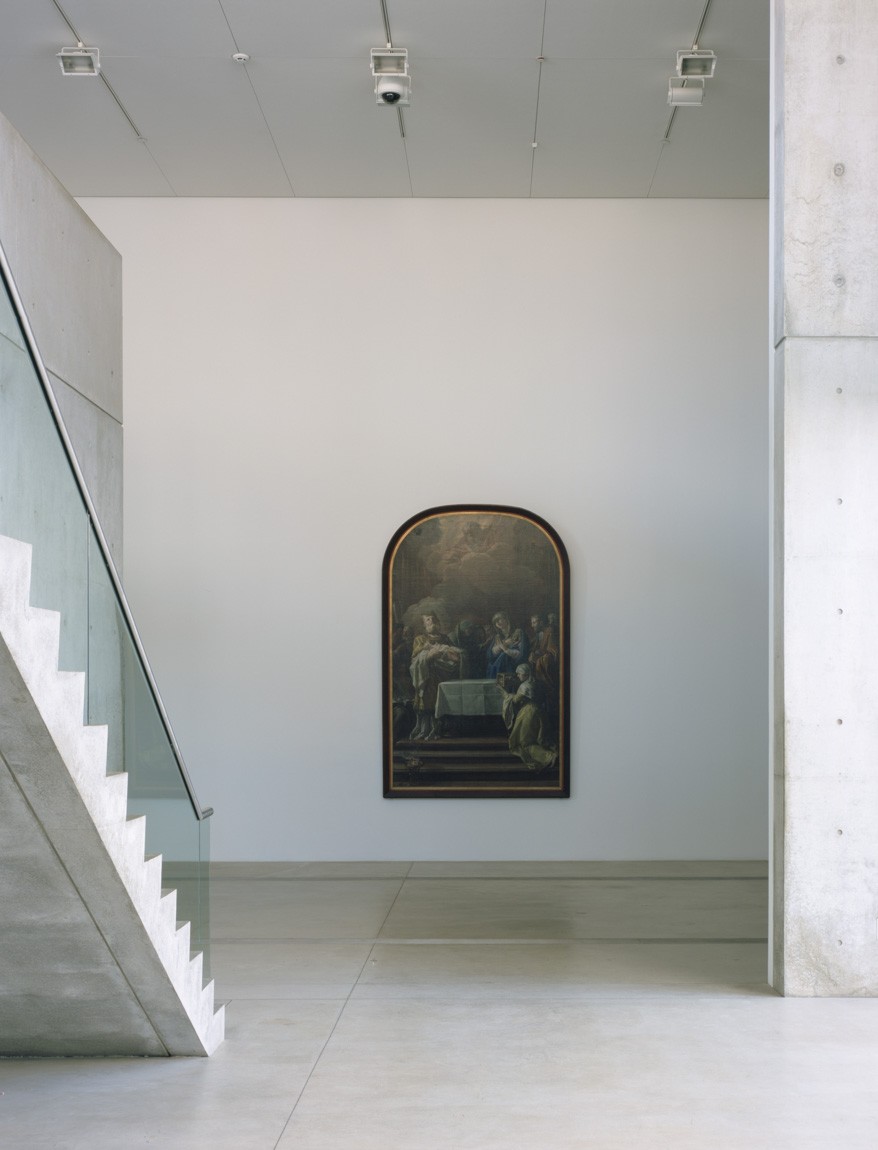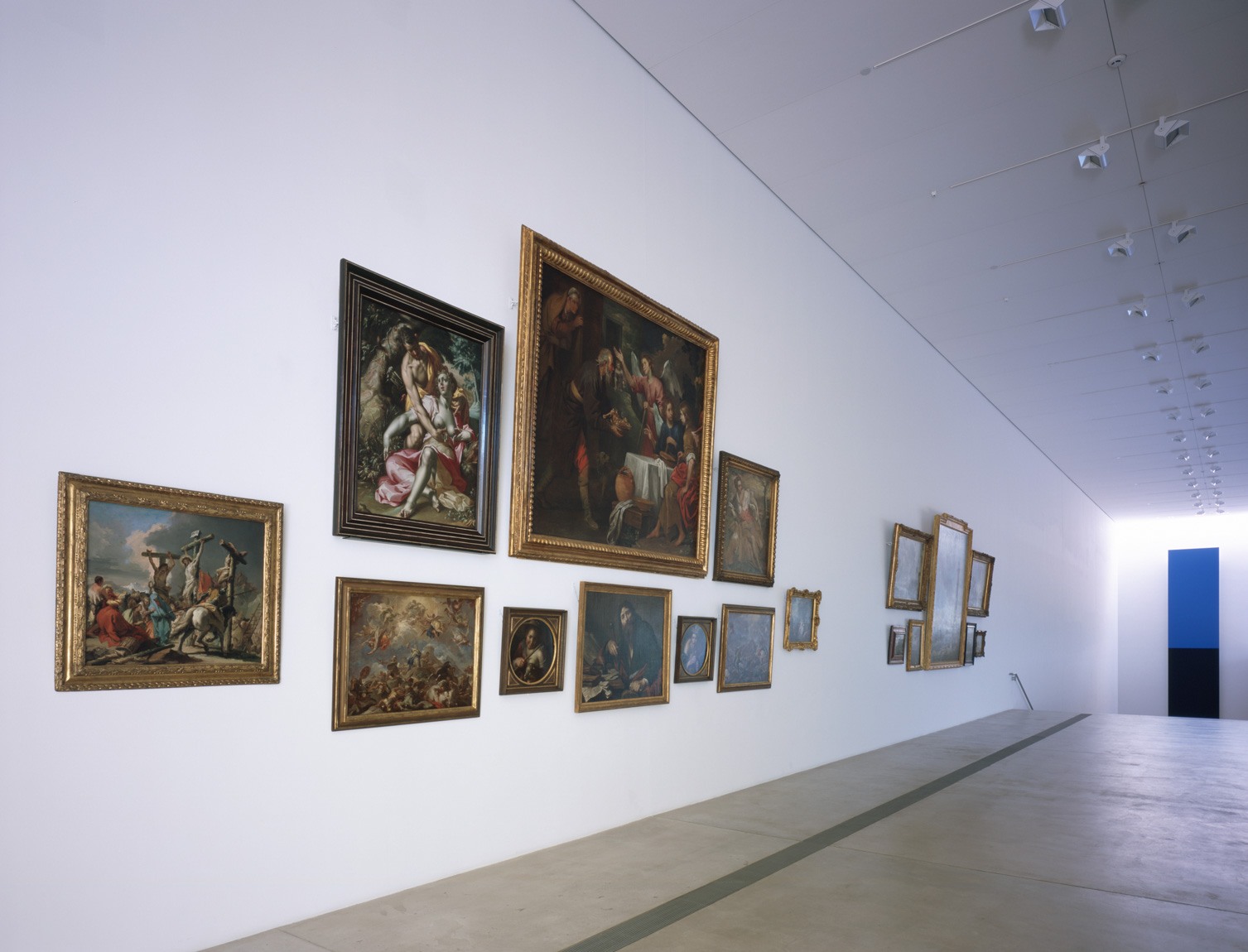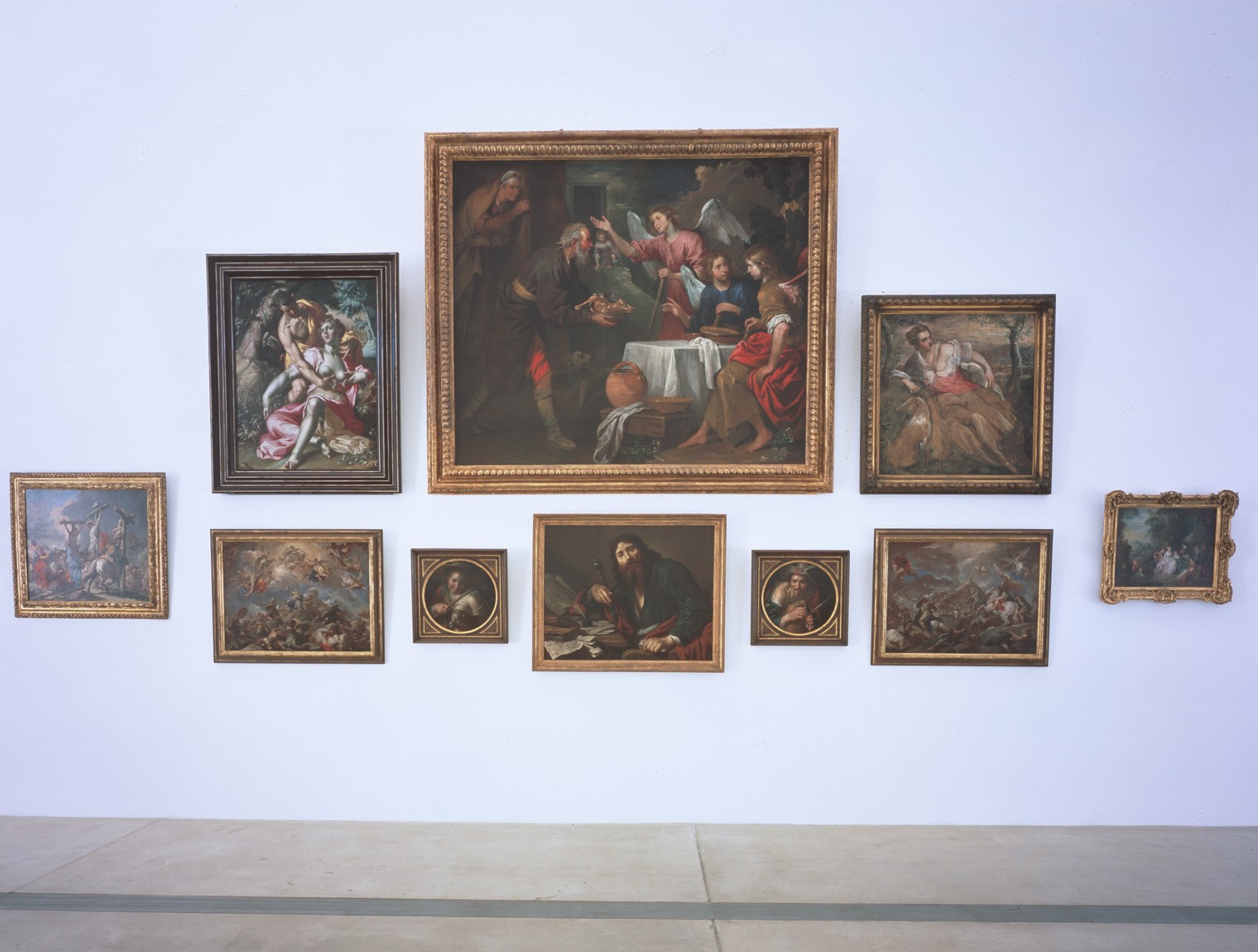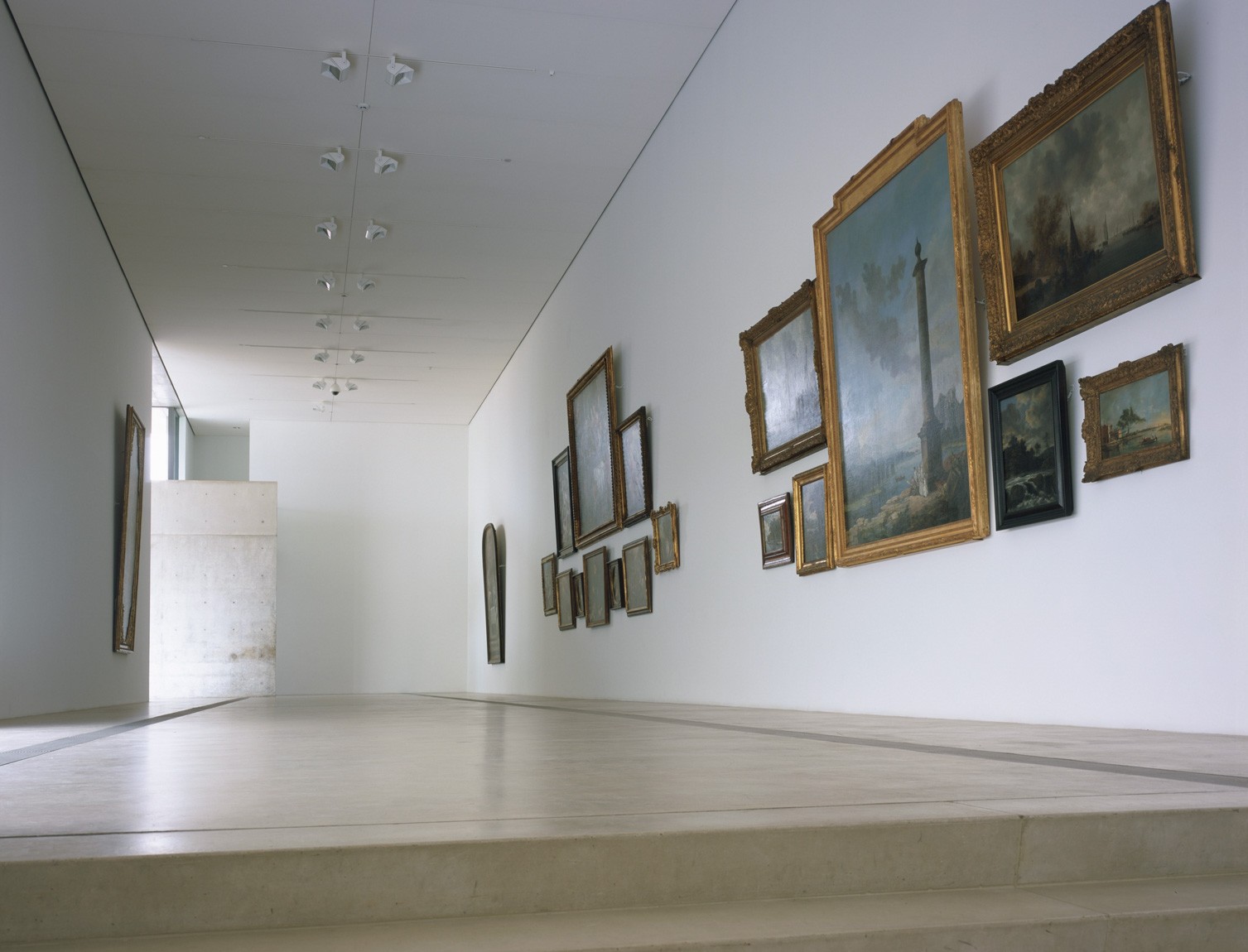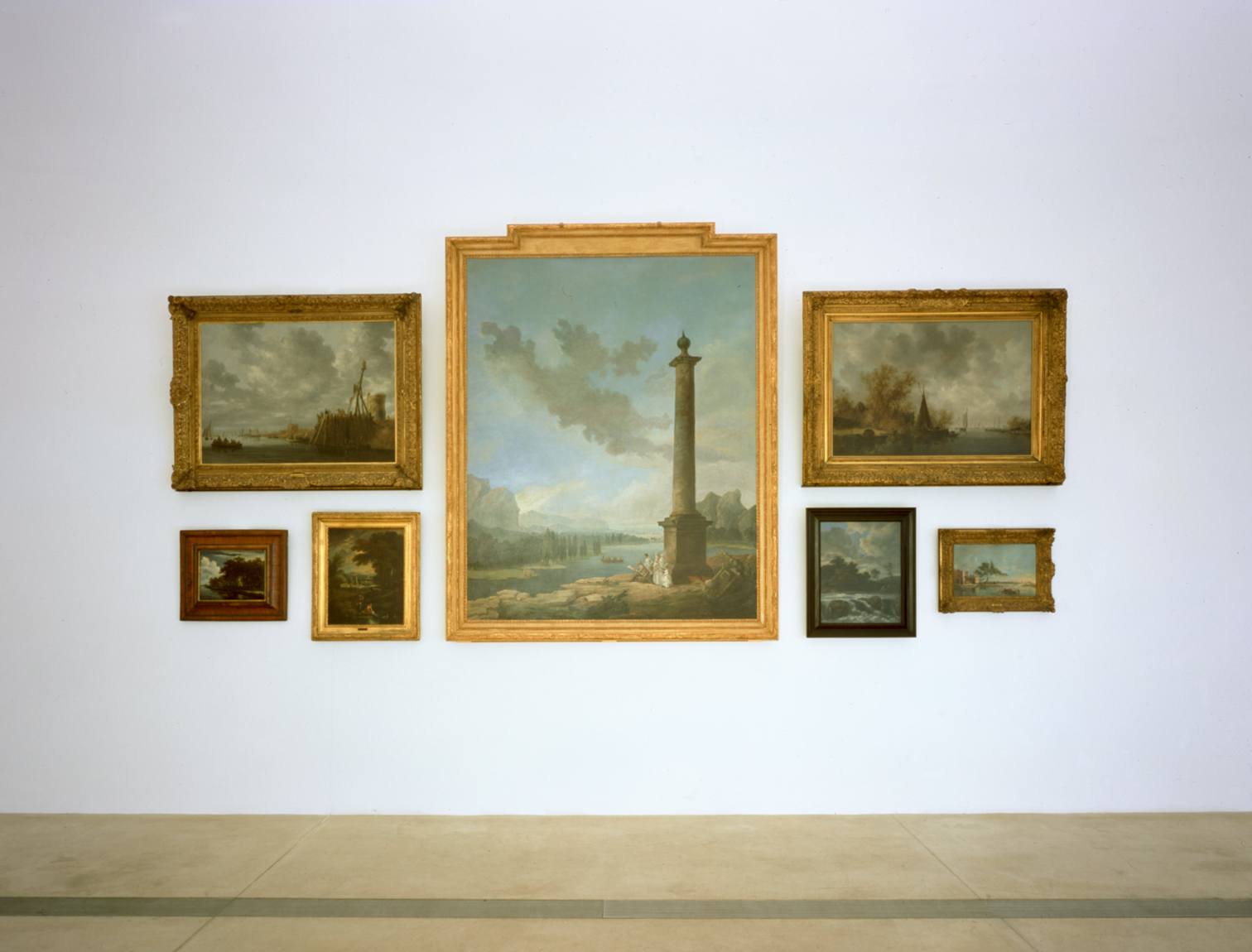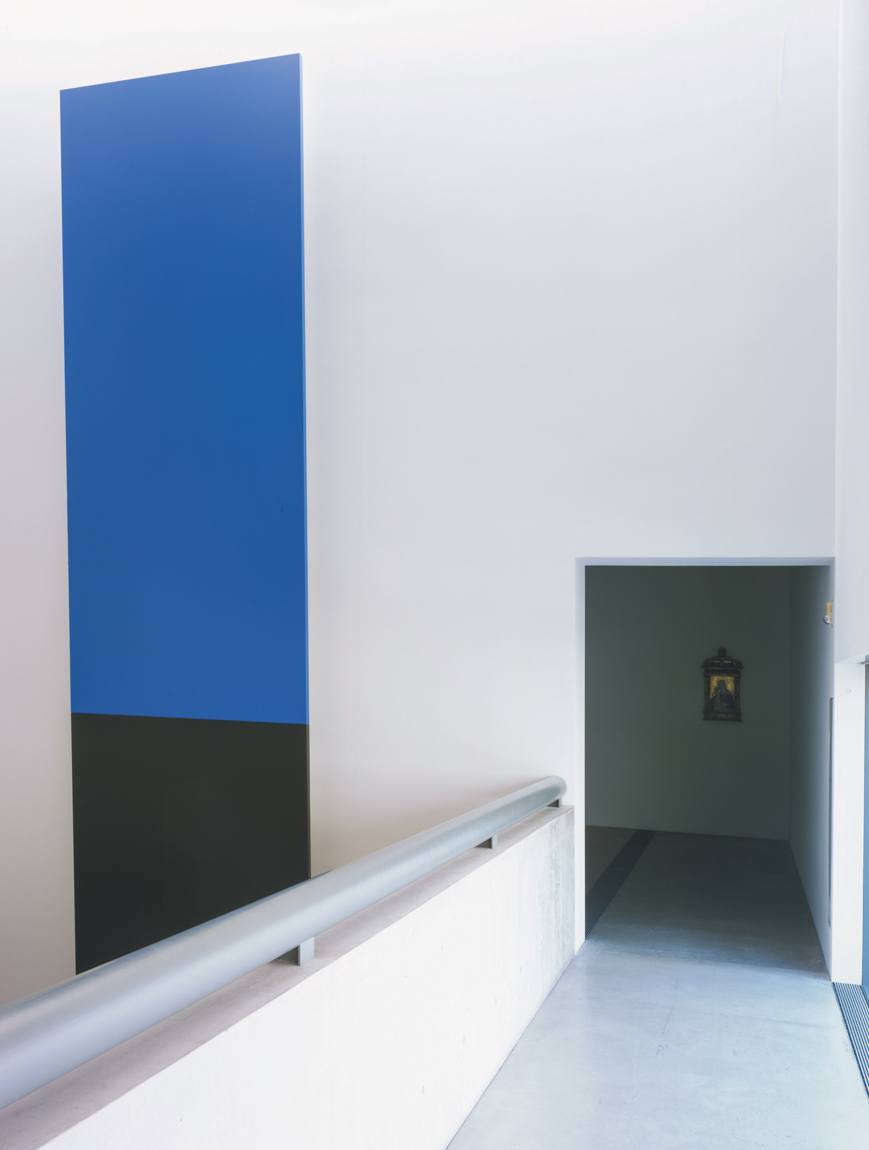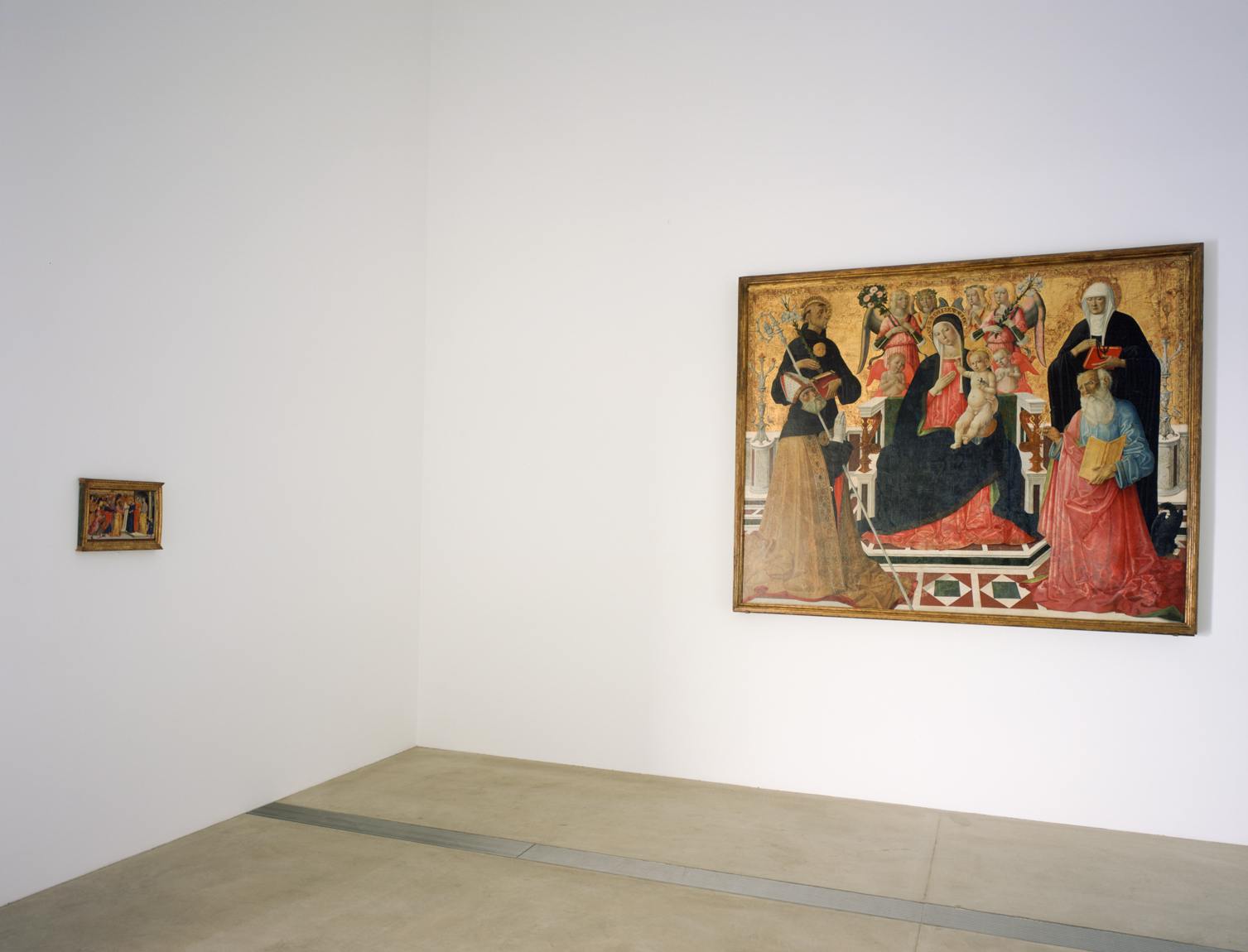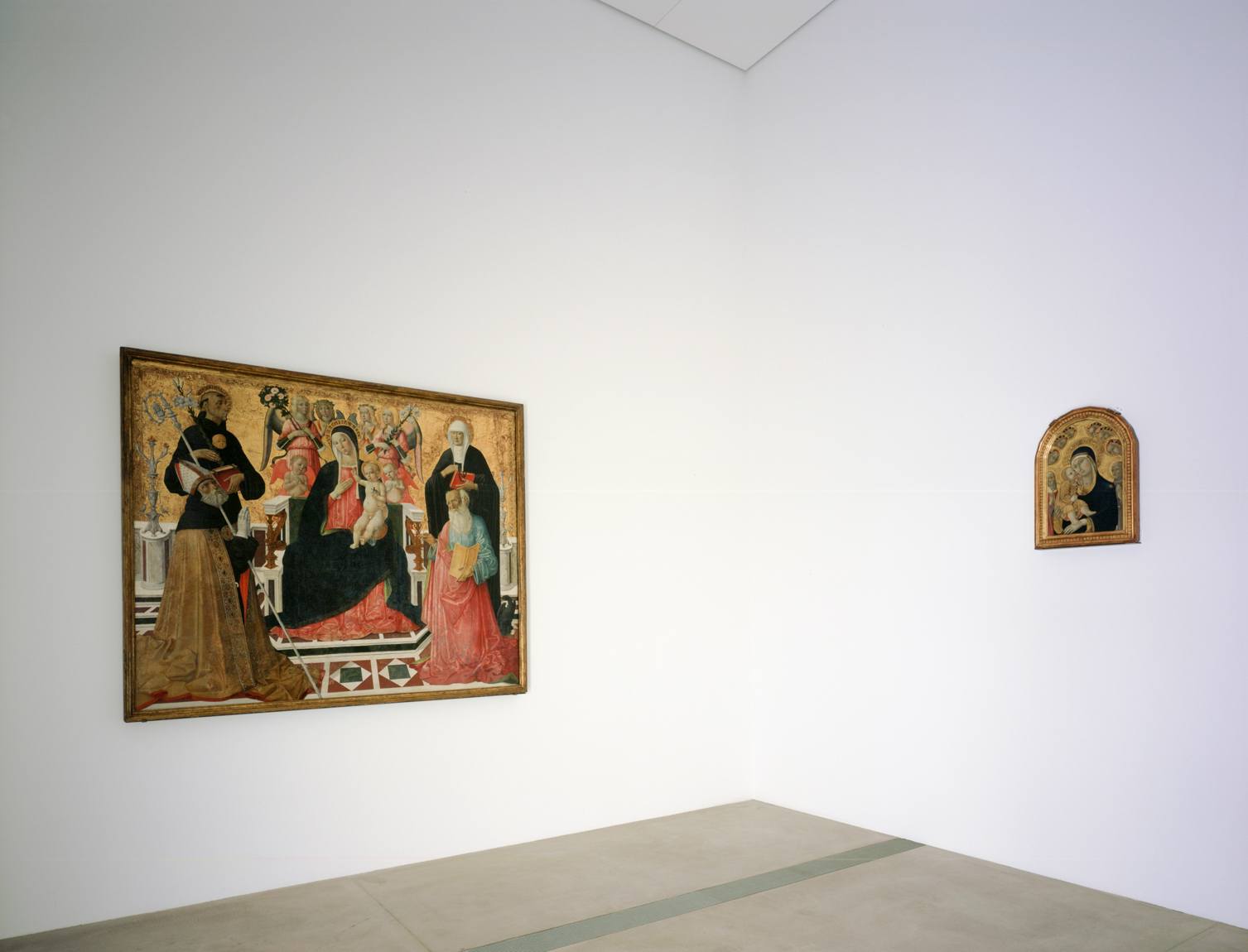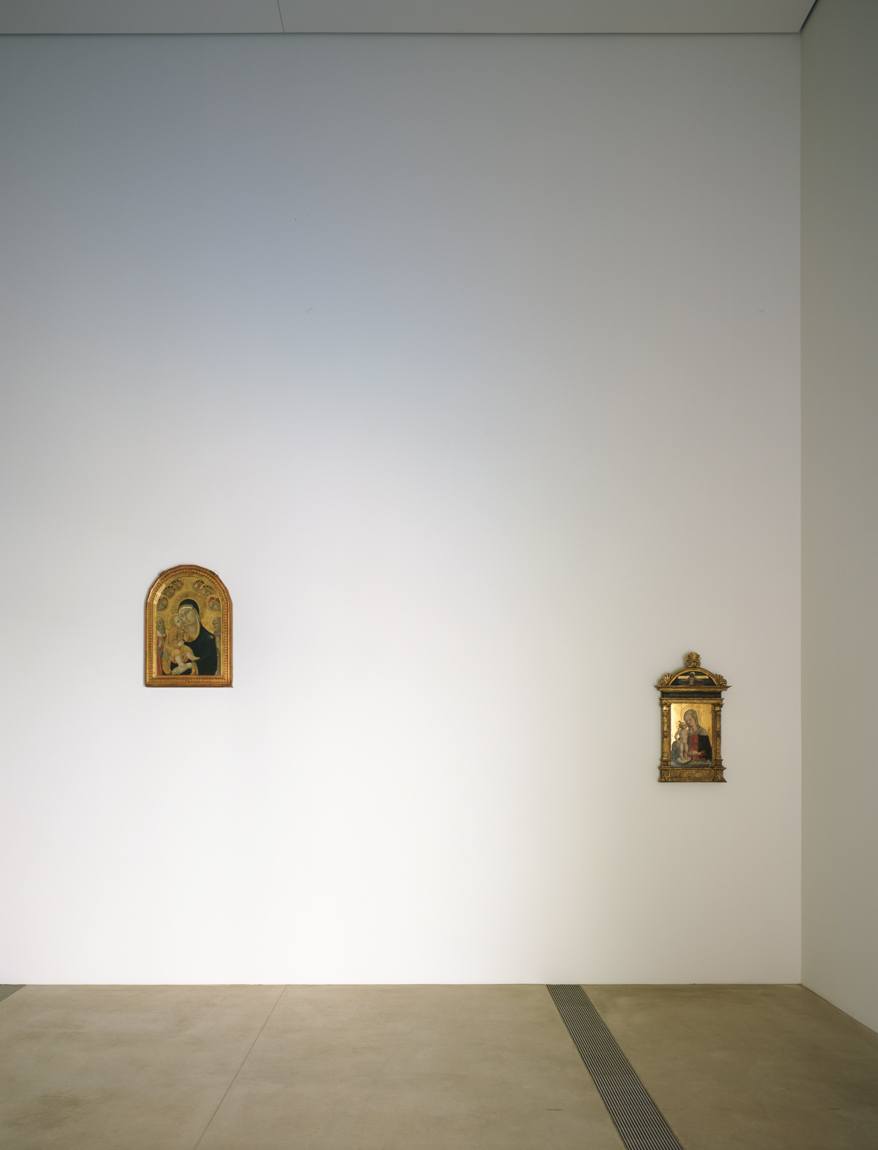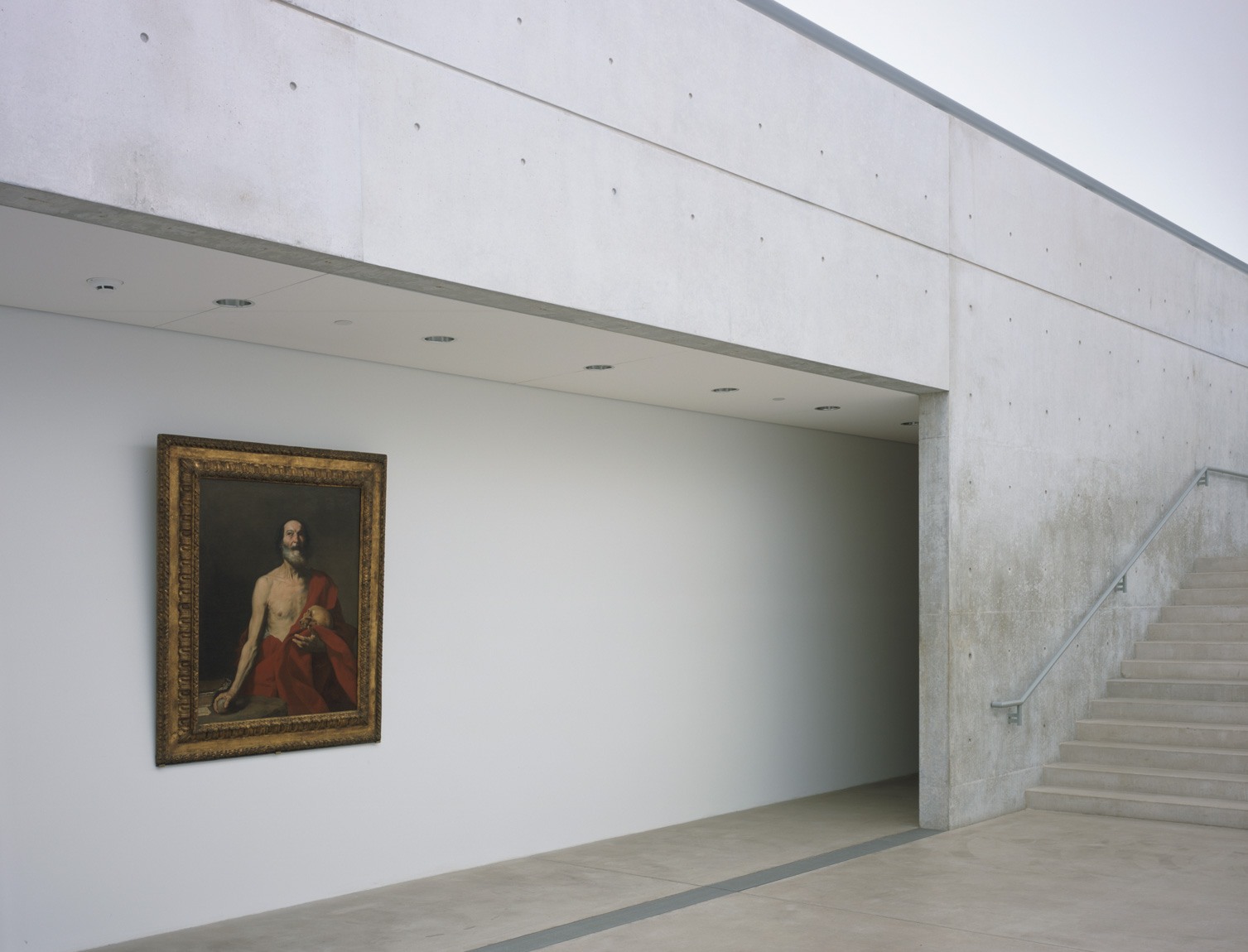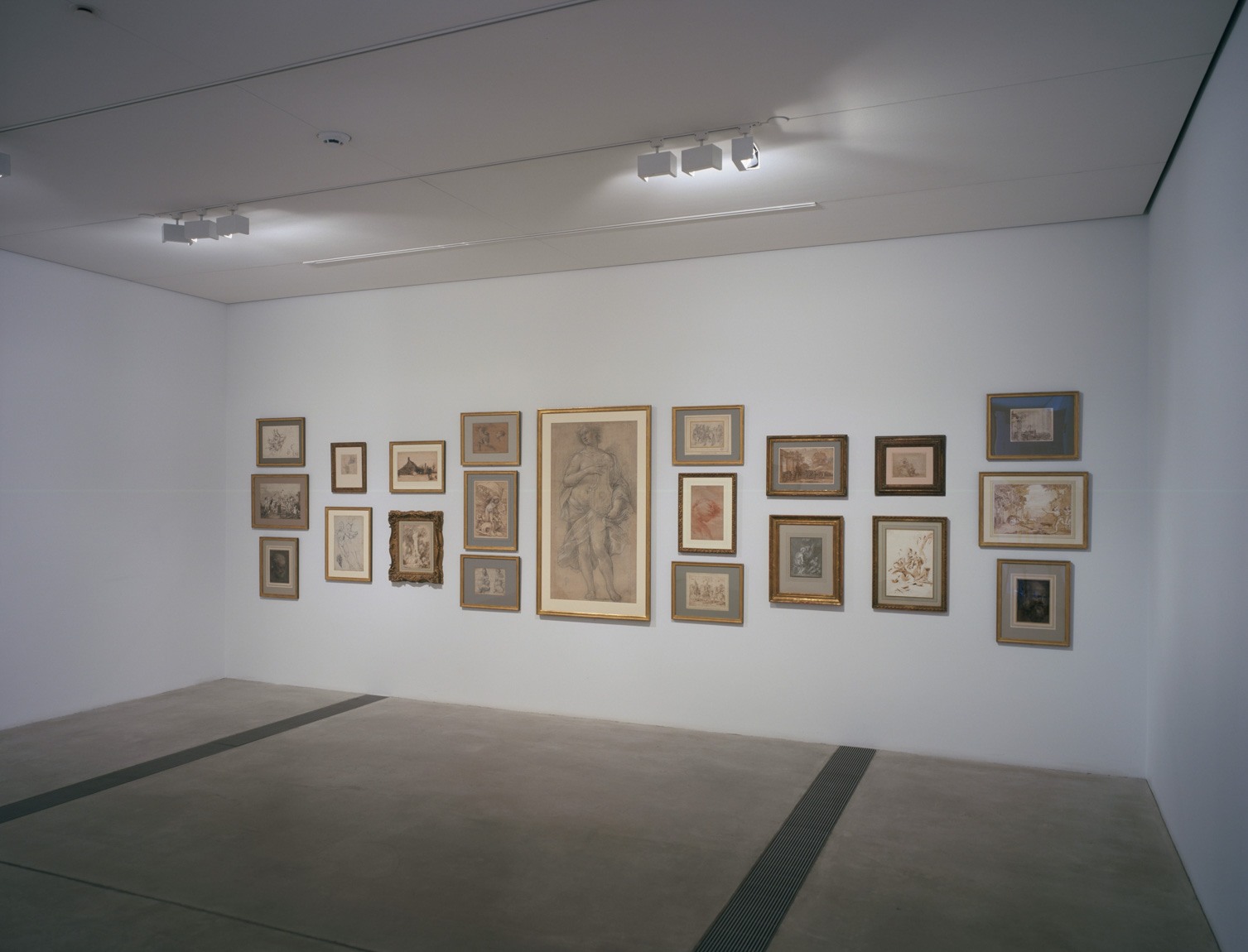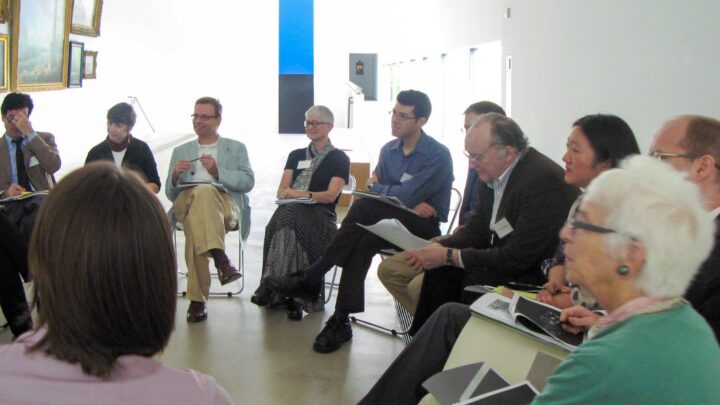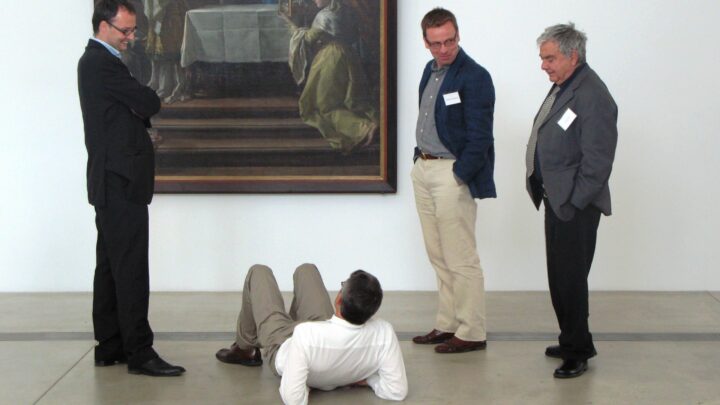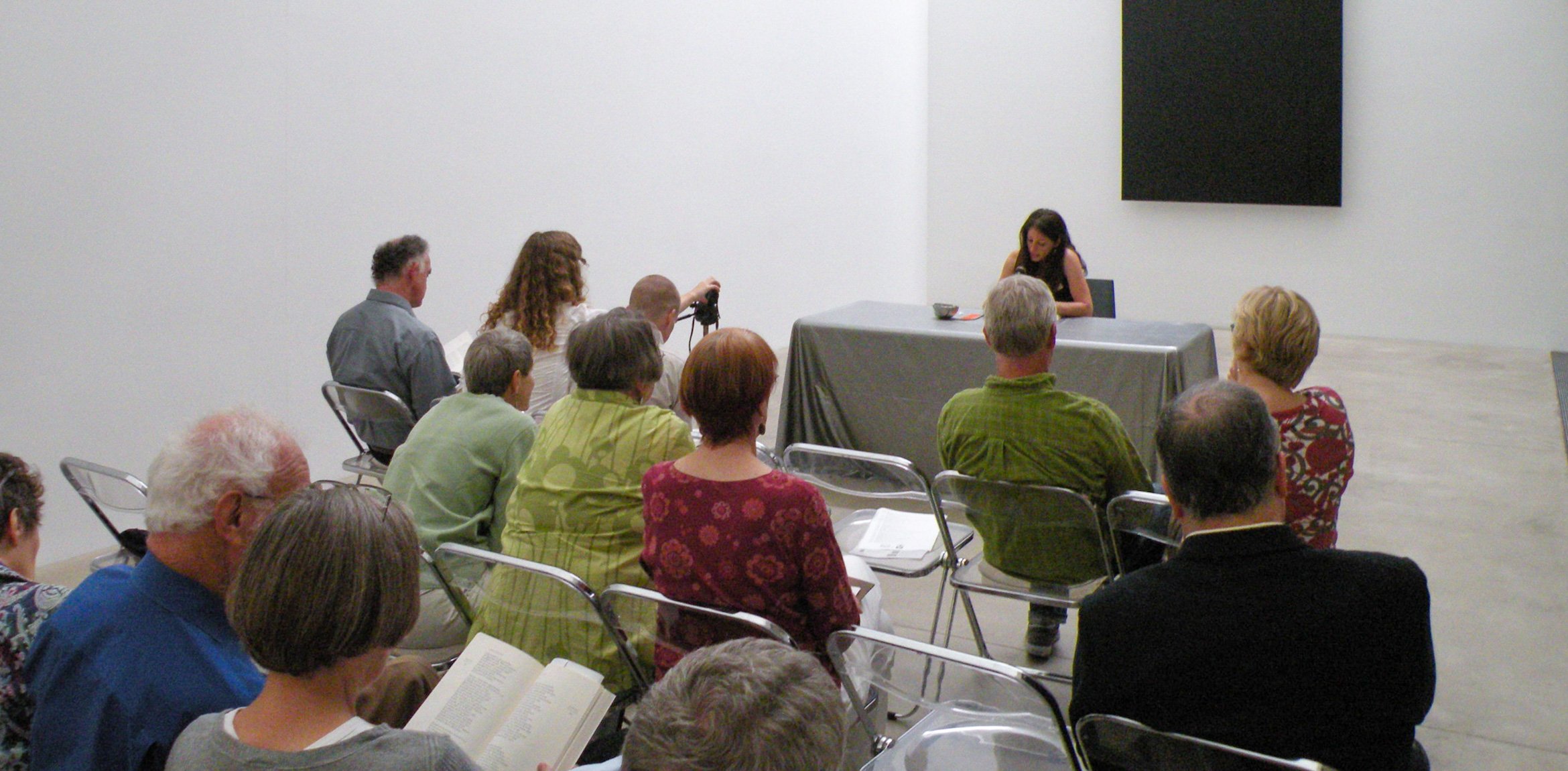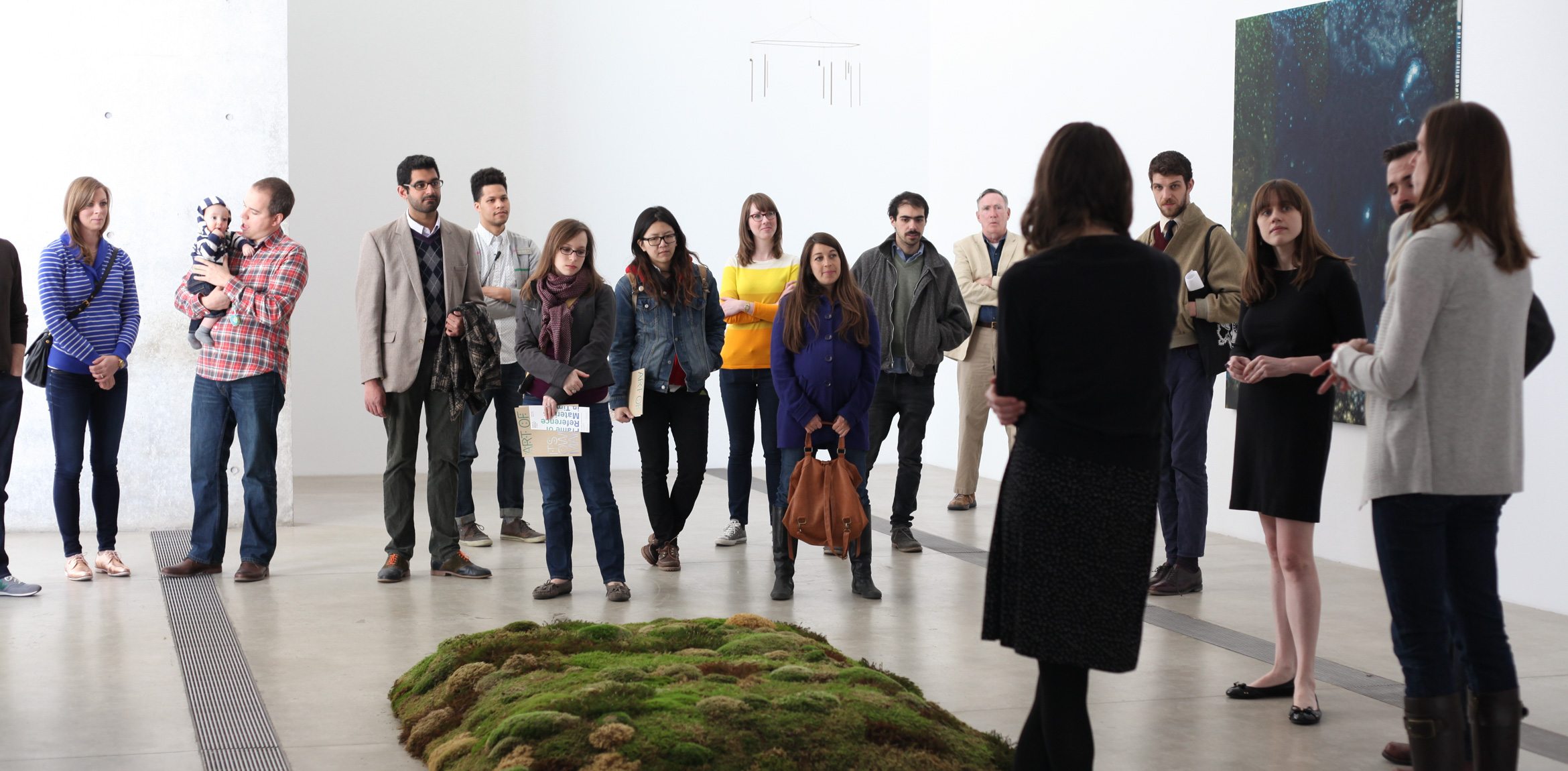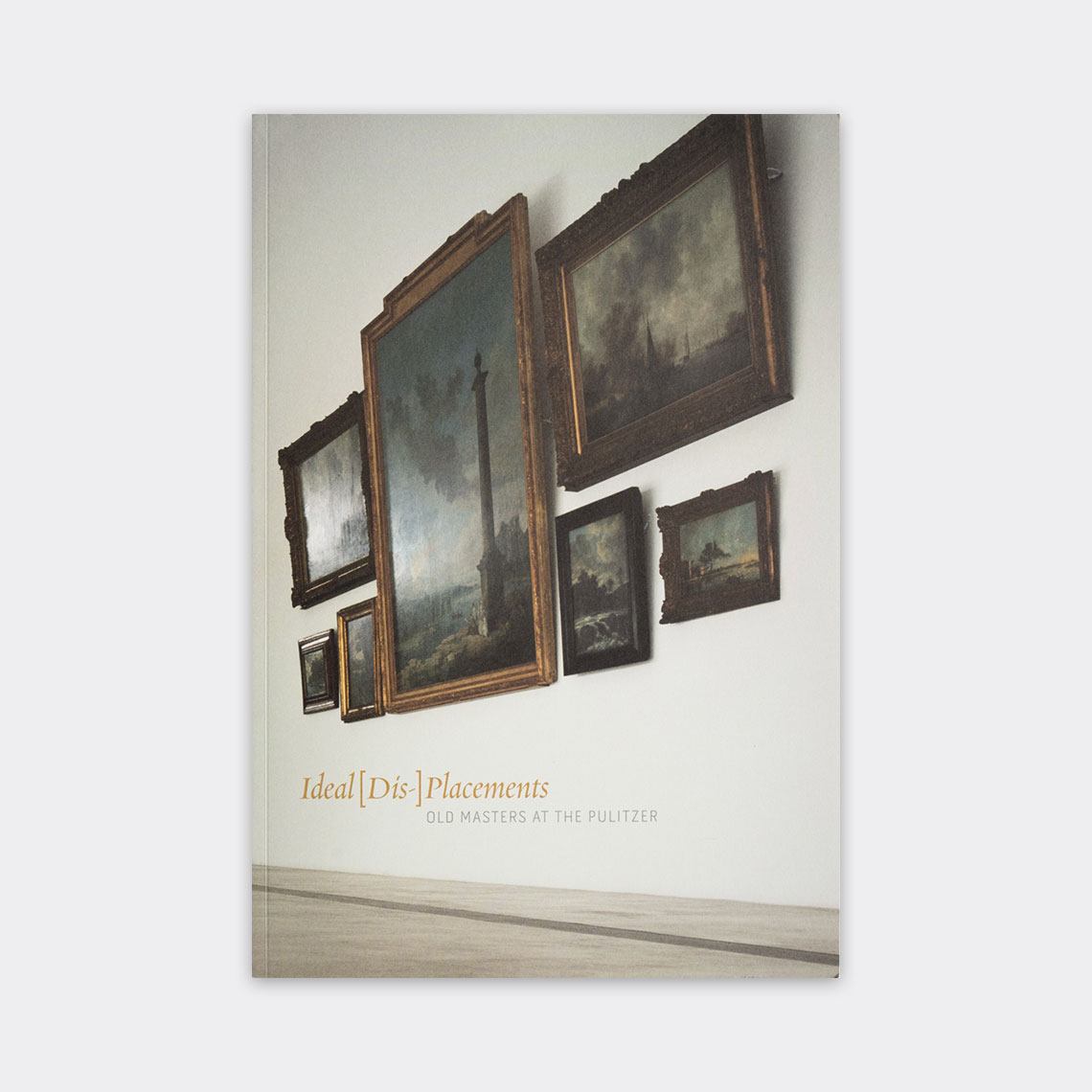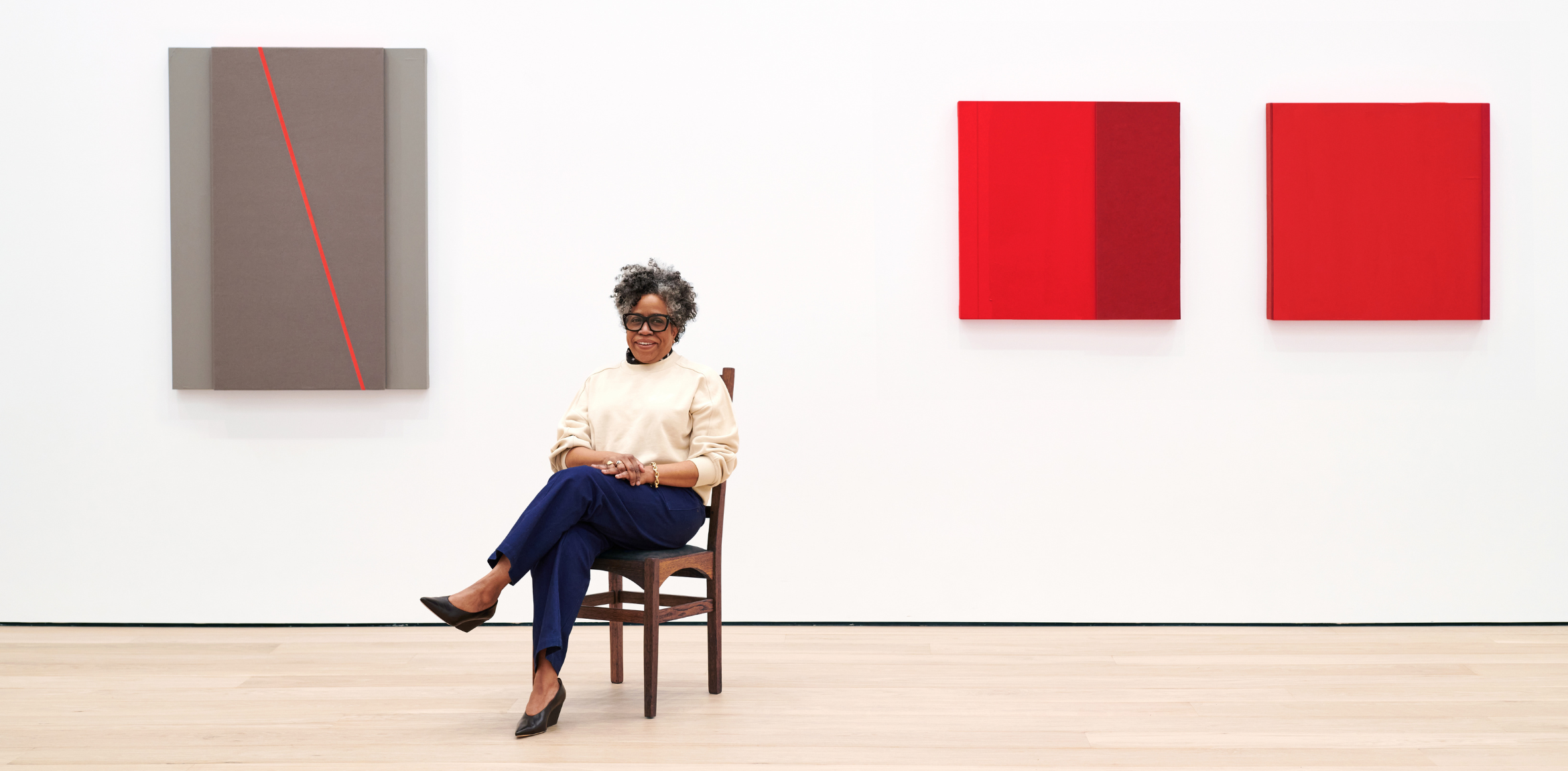Ideal (Dis-) Placements: Old Masters at the Pulitzer presented an unconventional installation of paintings and drawings from the collections of the Saint Louis Art Museum and the Harvard Art Museums. Within the ever-changing natural light of Tadao Ando’s architecture, visitors were able to see the majority of the artworks as they would have appeared within historic spaces such as the Grande Galerie of a seventeenth-century aristocrat or the interiors of Medieval and Renaissance churches. Comprised of works by renowned artists from the fourteenth to the eighteenth centuries, this exhibition invited a radical reconsideration of how we look at and think about art.
In his design for the Pulitzer building, Tadao Ando sought to emphasize the physical effects and aesthetic possibilities of space and light. This inspired the curators’ decision to display paintings in this exhibition without the assistance of electric lighting, which did not exist when the works were created. Ideal (Dis-) Placements: Old Masters at the Pulitzer also eschewed many other commonplace features of modern museums: works were not equally spaced; heights were neither uniform nor predetermined; spotlights did not highlight particular pictures; and there were no interpretive materials on the walls.
Together with Matthias Waschek (Pulitzer Arts Foundation), curators Judith Mann (Saint Louis Art Museum) and Stephan Wolohojian (Harvard Art Museums) selected a wide range of European paintings from the fourteenth to the eighteenth centuries. In addition, Marjorie B. Cohn (Harvard Art Museums, curator emerita) selected and installed Old Master drawings in the Lower Gallery based on the arrangements found in the compiled albums of early collectors. The fully illustrated exhibition catalogue also republished some of the earliest known writing on the lives of the Old Masters, providing readers with a historical reference for how the artists were considered in their time.
Midway through the exhibition, photographs by Thomas Struth replaced the drawings in the Lower Gallery. Struth’s large-scale photographs frequently stage the interaction between the contemporary world and Western cultural heritage, and this series in particular depicted visitors in some of the world’s greatest museums and buildings, including the Musée du Louvre in Paris and the Uffizi in Florence. In this context, Struth’s work enacted both a dialogue with and a response to the installation of works within Ideal (Dis-) Placements: Old Masters at the Pulitzer.
